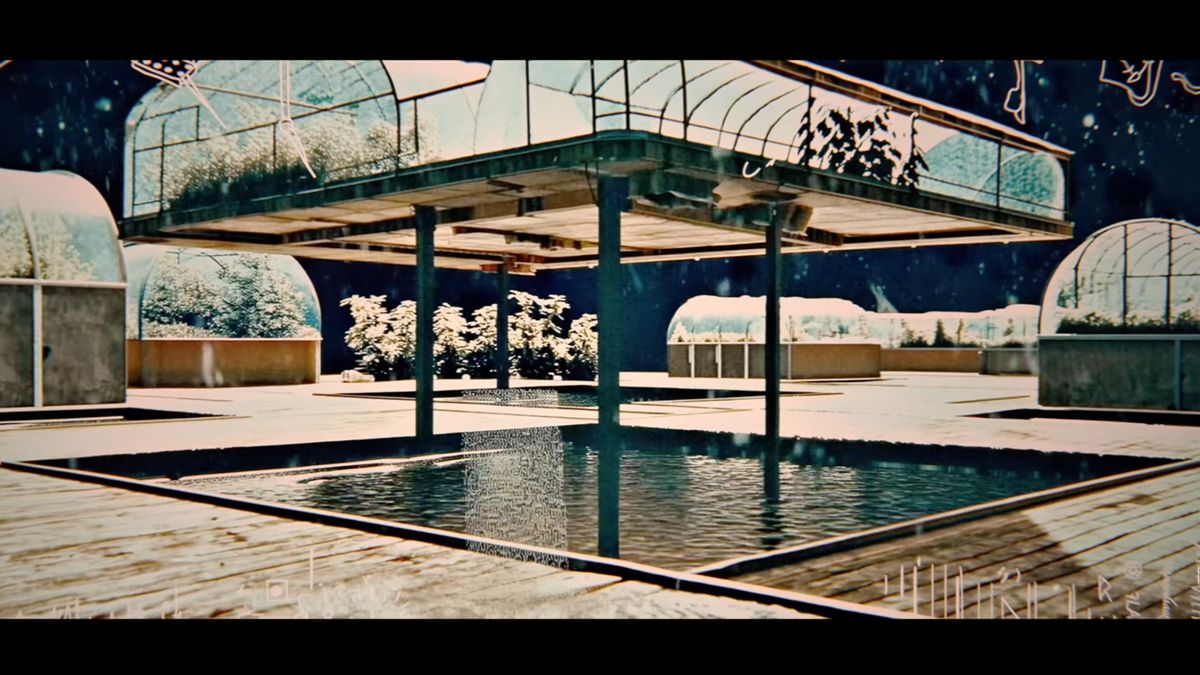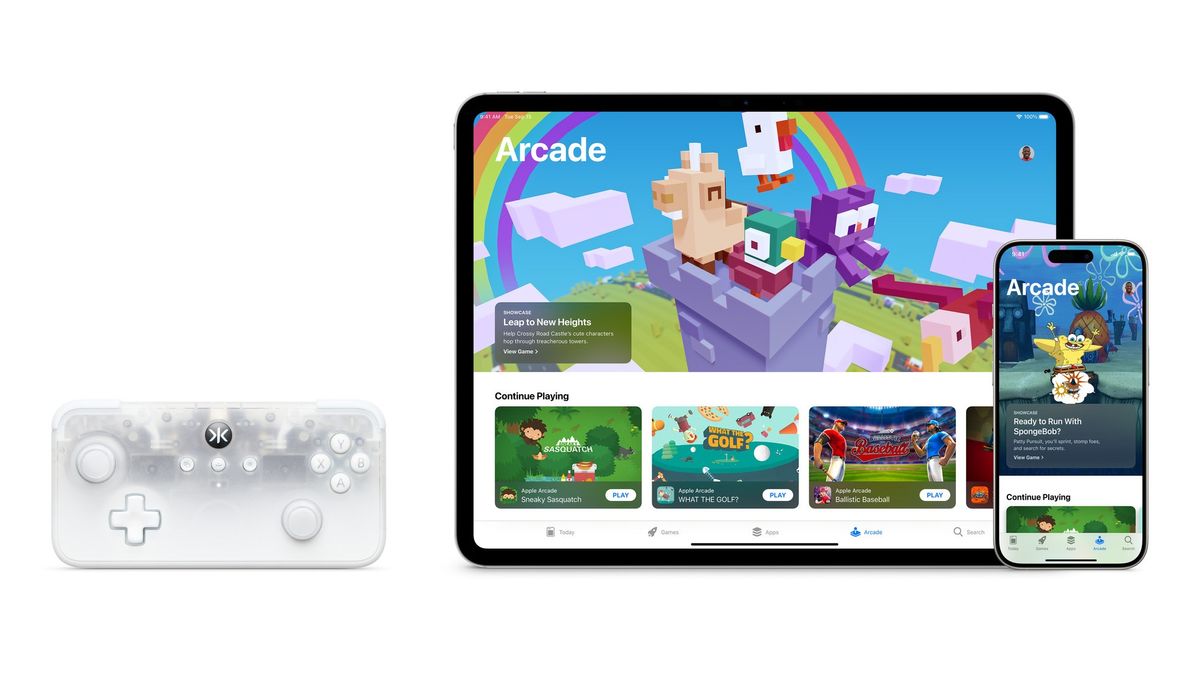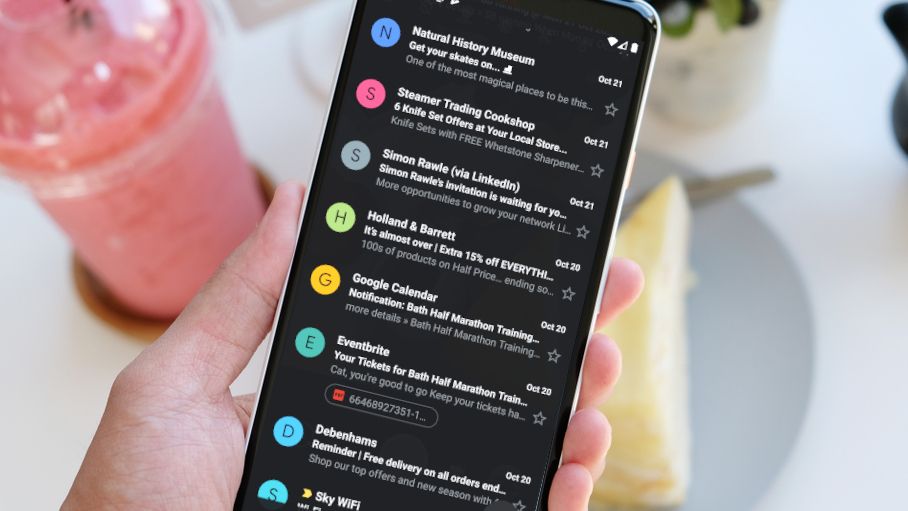OpenAI recently published a music video for the song Worldweight by August Kamp made entirely by their text-to-video engine, Sora. You can check out the whole thing on the company’s official YouTube channel and it’s pretty trippy, to say the least. Worldweight consists of a series of short clips in a wide 8:3 aspect ratio featuring fuzzy shots of various environments.
You see a cloudy day at the beach, a shrine in the middle of a forest, and what looks like pieces of alien technology. The ambient track coupled with the footage results in a uniquely ethereal experience. It’s half pleasant and half unsettling.
It’s unknown what text prompts were used on Sora; Kamp didn’t share that information. But she did explain the inspiration behind them in the description. She states that whenever she created the track, she imagined what a video representing Worldweight would look like. However, she lacked a way to share her thoughts. Thanks to Sora, this is no longer an issue as the footage displays what she had always envisioned. It’s “how the song has always ‘looked’” from her perspective.
Embracing Sora
If you pay attention throughout the entire runtime, you’ll notice hallucinations. Leaves turn into fish, bushes materialize out of nowhere, and flowers have cameras instead of petals. But because of the music’s ethereal nature, it all fits together. Nothing feels out of place or nightmare-inducing. If anything, the video embraces the nightmares.
We should mention August Kamp isn’t the only person harnessing Sora for content creation. Media production company Shy Kids recently published a short film on YouTube called “Air Head” which was also made on the AI engine. It plays like a movie trailer about a man who has a balloon for a head.
Analysis: Lofty goals
It’s hard to say if Sora will see widespread adoption judging by this content. Granted, things are in the early stages, but ready or not, that hasn’t stopped OpenAI from pitching its tech to major Hollywood studios. Studio executives are apparently excited at the prospects of AI saving time and money on production.
August Kamp herself is a proponent of the technology stating, “Being able to build and iterate on cinematic visuals intuitively has opened up categorically new lanes of artistry for me”. She looks forward to seeing “what other forms of storytelling” will appear as artificial intelligence continues to grow.
In our opinion, tools such Sora will most likely enjoy a niche adoption among independent creators. Both Kamp and Shy Kids appear to understand what the generative AI can and cannot do. They embrace the weirdness, using it to great effect in their storytelling. Sora may be great at bringing strange visuals to life, but in terms of making “normal-looking content”, that remains to be seen.
People still talk about how weird or nightmare-inducing content made by generative AI is. Unless OpenAI can surmount this hurdle, Sora may not amount to much beyond niche usage.
It’s still unknown when Sora will be made publicly available. OpenAI is holding off on a launch, citing potential interference in global elections as one of its reasons. Although, there are plans to release the AI by the end of 2024.
If you’re looking for other platforms, check out TechRadar’s list of the best AI video makers for 2024.





